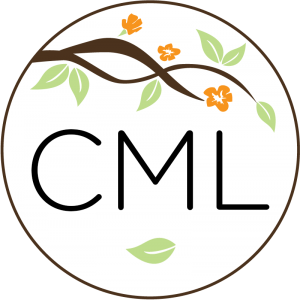Meditation is hard. Sometimes it can be really, really hard. Here are six things you can do to increase the liklihood of practicing every day, or to increase the efficacy of the practice you already do.
1. Resolutions
Resolutions are extremely powerful ways to enchance the quality of our meditation practice.
How often have you found yourself finally finding yourself on the cushion only to think about the bills you have to pay, the dog you have to walk, or the pain in your knee?
[su_quote]I have found it extremely valuable to state to myself at the beginning of a meditation session exactly what it is that I am doing and why.[/su_quote]
I do this loudly, formally and specifically with words in my head.
One of my favorite resolutions is something along the lines of “For the next one hour (or however long) I resolve to see clearly the true nature of the sensations that make up my experience of reality in order to experience liberating insights for the benefit of myself and all beings.”
Create a resolution that works for you in your specific practice and see what effect it has on your daily practice. Intentions are hugely powerful. Use them to you benefit and fight the floudering that so often happens when our intentions for practice are unclear.
2. Contemplative technology
There is an emerging field of contemplative technology. These devices can track, measure and assist you in developing and deepening a contemplative practice.
While there are many such technologies out today, a few of the more popular consumer devices are:
- Melon headset
- Spire
- Buddhify
3. Social noting
One of the most difficult aspects on the path is knowing if you’re ‘doing it right’. Because of the inherently subjective nature of meditation it is much harder than say, tennis, to really know if you’re making progress. This is one of the major reasons why noting is such a killer technique. If you’re noting what’s happening you’re doing it. That’s all that’s required.
Social noting adds a social, or you might say peer pressure, dimension to the technique of noting–and it is fantastically effective. Some of my deepest experiences on the cushion have taken place in the context of social noting practice and it’s easy to see why. The feedback loop inherent to the practice of noting is enhanced by the presence of another person who depends on you for their practice. This means that for the duration of the practice you are completely present, the whole time. Try it. You won’t space out. It’s amazing.
Here’s a good primer on how to practice social noting: http://kennethfolkdharma.com/2013/06/1571/
And, if you don’t have any friends around to practice with, there’s an app for that! BuddhaPong pairs you with another willing meditator to engage in ten minutes of social noting. https://itunes.apple.com/us/app/buddha-pong/id897707690?mt=8
5. Increase your neurogenesis
Neurogenesis is the birth of new neurons in the brain. A brain with a high rate of neurogenesis will adapt quickly to training and is the ideal soil for mindfulness to take root and transform the life.
There are a number of behavioural, environmental, pharmacological and biochemical factors that affect this process, many of which we have considerable power to influence. Neurogenesis is also linked to changes in neuroplasticity, which is referring to changes in synapses and neural pathways in the brain. Use this to your advantage to build a healthy brain! A healthy brain changes adapts quickly to training
6. Practice Kindfulness
A spoonful of kindness helps the mindfulness medicine go down. One way to make this real is to periodically do a kindness check in your practice. A few times during the course of a session simply ask the question, “is kindness present?” Simply asking the question is often enough for this skillful quality of mind to arise. If it doesn’t, intentionally generate some kindness towards yourself and towards your mind.



Excellent post Daniel. Your message about resolutions reminds me of the Theravada emphasis on “intentions” — I like to begin the day re-visiting my intentions for practice so that I can start the day rather than have the day start me. Thanks agaain.